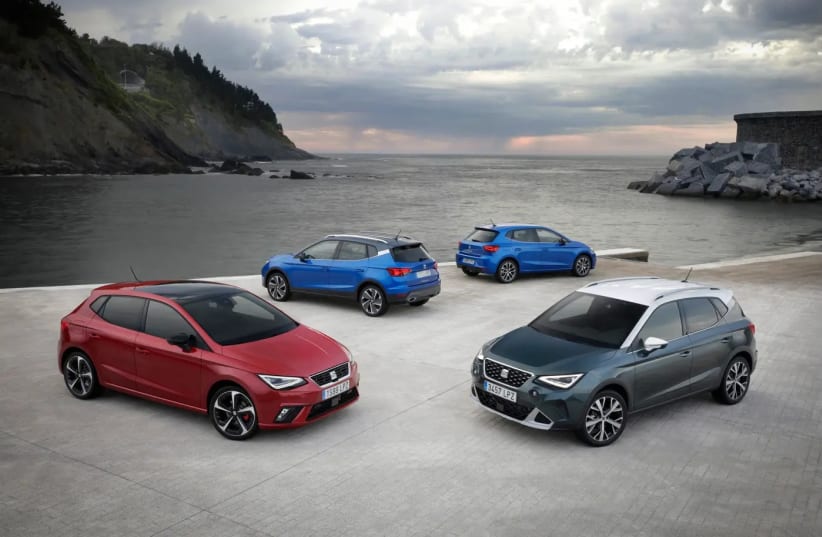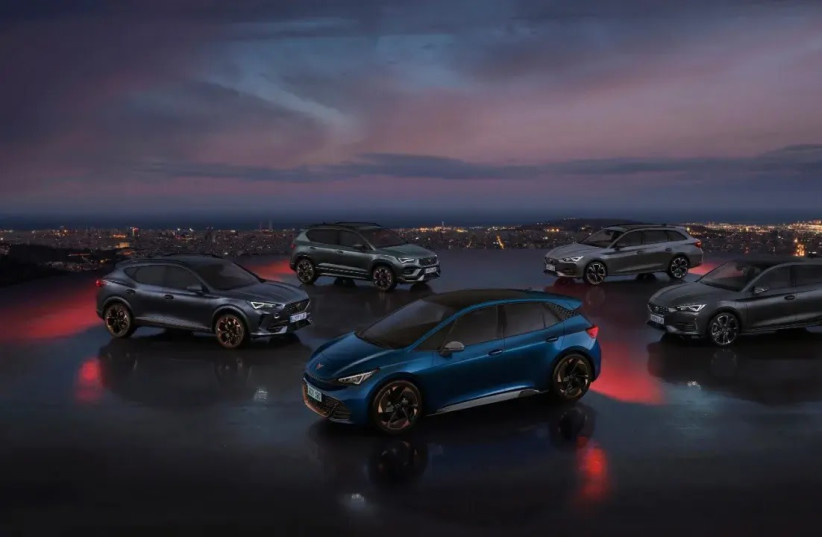It all started exactly a year ago at the 2023 SEAT and Cupra annual event, when SEAT and Cupra CEO Wayne Griffiths stated, "The future is electric, which means for our company that the future is Cupra. Cupra is for the new generation."
The goal was clear: SEAT succeeded in transforming its sports division into a young luxury brand, with more expensive and profitable models. The factory will continue to operate as usual, but within a few years, the production of less profitable SEAT models will stop, in favor of Cupra models.
This was the message since SEAT remained the only brand in the Volkswagen group's popular arsenal without a single electric car in its lineup. "We cannot electrify both brands simultaneously. SEAT and Cupra complement each other during the transition period, we do not need to decide about SEAT right now," Griffiths said then.
At the time, SEAT's production plans extended until 2028-2029. In September of that year, the announcement and acknowledgment came, the company's chairman Thomas Schäfer said in an interview with the British magazine "Autocar" that indeed, by the end of the decade, the old Spanish company (74 years old) would stop car production under its name.
But this whole plot takes a really interesting turn just last night, when that Griffith spoke about Seat's commitment to investing in developing gasoline-powered cars and plug-in hybrid vehicles and economical and attractive solutions (meaning, cheap - approx.) for the general public until the end of the era of internal combustion engines. "We want to bring Seat back to where it belongs," he said at the event, "while continuing the double-digit growth from last year and the investment in the brand and its models. Regarding Seat, I promise you - the best is yet to come. Seat is here to stay."
He explained that the focus on the Cupra brand stemmed from the need to improve the company's profitability and to establish a position that would lead the company into the electric-sporty future, as well as the limited ability to increase Seat's activity levels was a result of the chip crisis.
Griffith also detailed the timelines for the renewal of the brand's flagship models - the Leon, which will receive a facelift this year alongside the crossover Arona and the Ibiza, which will be renewed by 2025.
However, this change in direction of Seat can and should also be examined from a broader perspective, that of the automotive industry as a whole. In recent months, there has been a slowdown in the demand for electric cars. The assumption is that this is a result of the saturation of the initial demand for these cars, a shortage of affordable models, and a scarcity of charging stations.
Continued growth is definitely expected to occur, although at a much slower pace than what we have become accustomed to in the years 2021-2023. For major car manufacturers who are still playing on both fields, the implication is that the pace of demand growth will not match the enormous investments they have made and will still need to make in the future in order to develop new models.
In this situation, a manufacturer like Seat, which is already established in the gasoline car industry and holds assets such as well-known and popular model names, will be able to continue to operate and contribute to the ongoing liquidity flows of the manufacturer until the point in time when electric cars indeed become the majority of their production.


